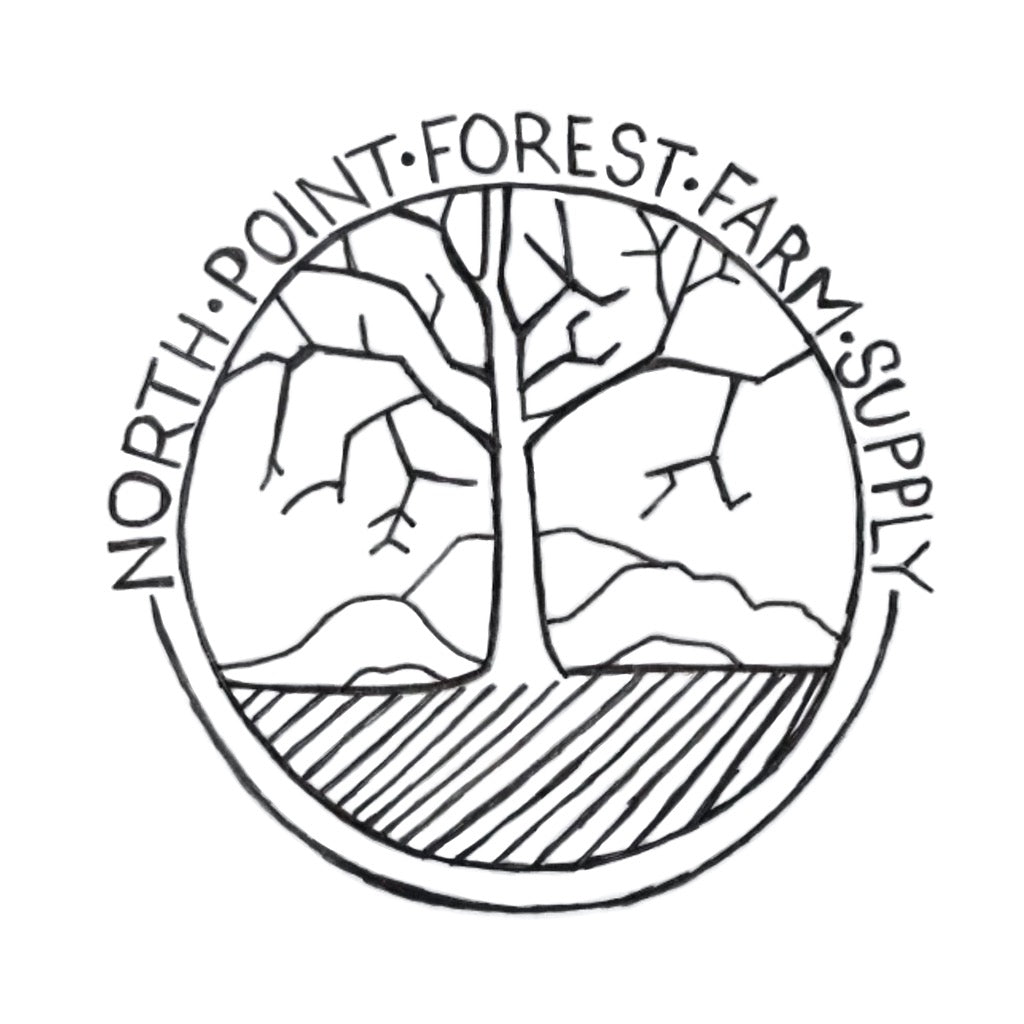How to Plant and Protect Your Trees
Planting your trees
Planting your trees is easy and fun. Depending on how many trees you are planting should influence your method. Follow these steps and your will have success
- Pick a spot that you want to pant the tree considering its size when mature.
- Dig a hole at least twice the size of the root ball and deep enough that the tap root does not create a 'J' shape.
- Plant tree so that the truck is above the soil line. DO NOT PLANT TRUNK DEEPLY THIS WILL CAUSE ROT
- Backfill with one part compost one part native soil (it is temping to only us compost however the tree will do better if it is introduced to native soil right away).
- Mulch the tree with woodchips, hay, or straw being carful not to build up
- Now its time to protect your investment.
Protecting your trees
Understanding how to protect your trees starts with understanding tree predators. Trees feed a great many animals and nut and fruit trees in particular are subject to predation at all phases of their lifecycle. However, the older a tree gets the more protected it becomes.
Common predators to protect your trees from: Deer, Voles, Rabbits
To protect against these common predators we protect our youngest trees in two primary ways.
- We build "tree cages" using hard 1/4 inch hardware mesh
- We use tree tubes.
Building Tree Cages:
Tree cages are not available for purchase and require being built. Often times this process is overly time consuming and you may want to use already built tree tubes.
To build cages we recommend cutting four foot 1/4 inch hardware mesh attached by three zip ties at three feet circumference and supported by two metal post (green or red or any recycled posts will do). The benefit of tree cages is increased air flow total vole and rabbit protection; while adding enough deer resistance to keep them off the tree for a few years. After that we shift to cattle fencing and a hardware mesh trunk protector see images below.

A persimmon caged in the winter after a snow.
Why built cages:
Building cages has a few advantages. First the cages can be reused and as they are made of metal last for a long time. Two many people are trying to reduce their use of plastic. Tree tubes create a great deal of plastic waste and often break down and enter the waste stream.
Why use tubes:
Many believe that tree tubes not only protect your trees but work as a micro green house to increase the growth rates. This claim is backed by field trails but we have yet to find a study that compared tree cages and tree tubes. In our experience the growth rate are similar. Tree tubes do have the advantage of being easy to put up and thus if you are looking for easy installs they are highly useful. This is particularly true at scale when more than twenty trees are being installed.
Image Gallery
.
What we think is the best orchard plan: Row of Chestnuts @ ten foot spacing in tilled ground with cages

Large chestnut being protected with cattle fencing to deter bark damage from deer rubbing.

Hazel nut in a transitional phase still required cattle fencing to protect it from deer. Other larger fencing can also be used. Really anything to deter deer from browsing and voles from chewing on the trunk.
